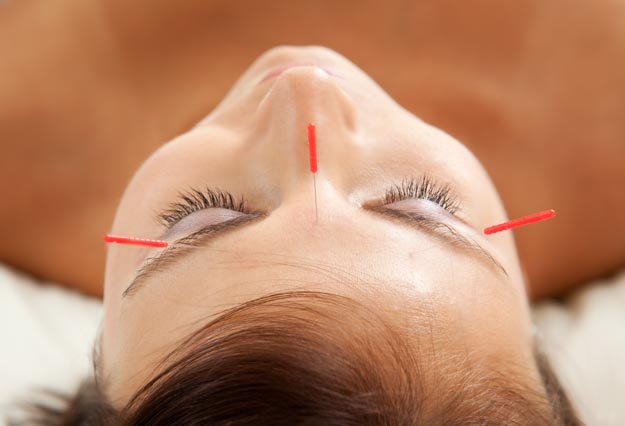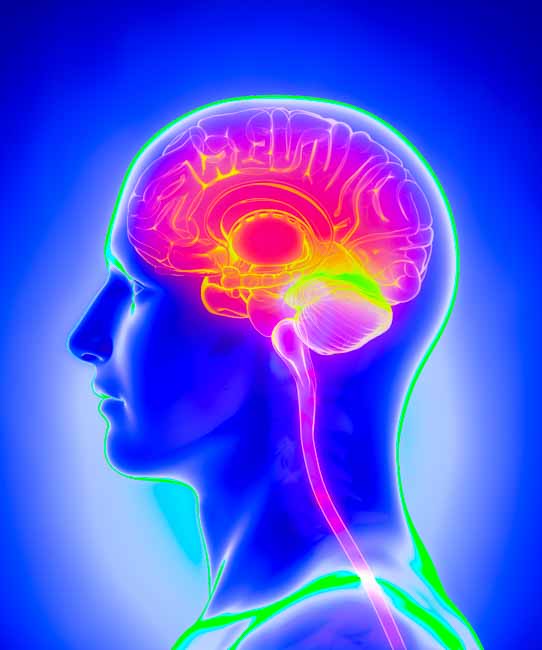Acupuncture and cupping are effective for migraine relief. Tianjin University of Traditional Chinese Medicine researchers tested two acupuncture protocols. One of the acupuncture protocols achieved a 100% total effective rate with an 88.6% complete recovery rate. This involved a combination of acupuncture and cupping. Another protocol, using only acupuncture, achieved a 94.3% total effective rate with a 62% complete recovery rate. The superior positive patient outcomes achieved in the acupuncture plus cupping protocol were achieved using a set of specialized acupuncture points. 
Migraines are headaches of moderate to severe intensity that are unilateral or throbbing. Attacks range from several hours to several days per migraine. Nausea, vomiting, sensitivity to sound and light, auras, flashes of light, and blind spots are often concomitant. According to the Mayo Clinic staff, “Clinical trials have found that acupuncture may be helpful for headache pain.”
Tianjin University of Traditional Chinese Medicine researchers tested seventy patients with migraines. They were randomized into two groups of equal size. Both groups received acupuncture at the following acupoints:
- Taiyang, extra point
- Touwei, ST8
- Yintang, extra point
- Baihui, DU20
- Fengchi, GB20
- Waiguan, TB5
- Taichong, LV3
- Sanyinjiao, SP6
- Zhongfeng, LV4
- Taixi, KD3
- Zusanli, ST36
- Yinlingquan, SP9
In addition, group one received an extra acupuncture point—Shanzhong (CV17). Group one also received cupping for five minutes on back-shu (beishu) acupoints following the acupuncture procedure. Acupuncture was applied to both groups twice per week for eight continuous weeks. Needle retention time for all treatments was twenty minutes and manual reinforcing and reducing techniques were applied.
The total effective rate included all significantly effective clinical results. The recovery rate was calculated based on patients having no migraines and migraine related symptoms for two months. The 100% total effective rate combined with the a 88.6% recovery rate demonstrates that acupuncture plus cupping is an effective modality for the relief of migraines.

The increase in efficacy between the two groups is limited to two variables—the addition of CV17 and cupping. Additional research is needed to determine the level of clinical support each variable provides. The research is warranted given the jump from a 62% recovery rate to an 88.6% recovery rate between the two study groups. Migraines are often severe and debilitating. This research demonstrates that acupuncture is an important treatment option for migraine sufferers.
Acupuncture is not currently available in the USA through the Medicare system despite a growing body of evidence demonstrating its effectiveness. The US Congress and the federal bureaucracy are responsible for treatment options within the Medicare system. The issue is not foreign to our leaders.
President Barak Obama conducted a town hall meeting in St. Louis (Missouri) on March 29, 2009. An acupuncturist at the meeting stated that the National Institutes of Health (NIH) and the Wold Health Organization (WHO) have “discovered through their studies that alternative medicine is often more cost-effective and very effective.” President Obama replied that “it is pretty well documented through scientific studies that acupuncture, for example, can be very helpful in relieving certain things like migraines and other ailments—or at least as effective as more intrusive interventions.”
Jonathan Blum (Deputy Administrator and Director, Center for Medicare at the Centers for Medicare & Medicaid Services) notes that acupuncturists are not defined as providers in Medicare regulations and the Social Security Act does not include licensed acupuncturists as physicians. An act of Congress is required to address these concerns. There is another way for inclusion of acupuncture into the Medicare system by the Center for Medicare at the Centers for Medicare & Medicaid Services (CMS).
Blum stipulates that exclusion of acupuncture from the Medicare system is based on CMS National Coverage Determinations (NCDs), which are policies that determine rules and guidelines for Medicare coverage. Blum notes that all acupuncture NCDs deny Medicare coverage. The most recent acupuncture NCD was in 2004. Since that time, a large body of research has been published demonstrating the efficacy of acupuncture for the treatment of many conditions, including migraines. An NCD recognizing the research will help many patients suffering from migraines gain access to the care needed for elimination of this disorder through the Medicare system.
References:
Jin SS, Du YZ, Han L, Liao C & Gu WL. (2015). Observations on the Efficacy of Acupuncture at Point Shanzhong (CV17) plus Cupping on Back-Shu Points in Treating Migraine. Shanghai Journal of Acupuncture and Moxibustion. 34(3).
Yu S, Liu R, Zhao G, et al. The prevalence and burden of primary headaches in China: a population-based door-to-door survey [J]. Headache, 2012, 52(4):582-591.
Mayo Clinic Staff. (2016, 01, 08) Alternative Medicine, mayoclinic.org/diseases-conditions/migraine-headache/basics/alternative-medicine/con-20026358.


